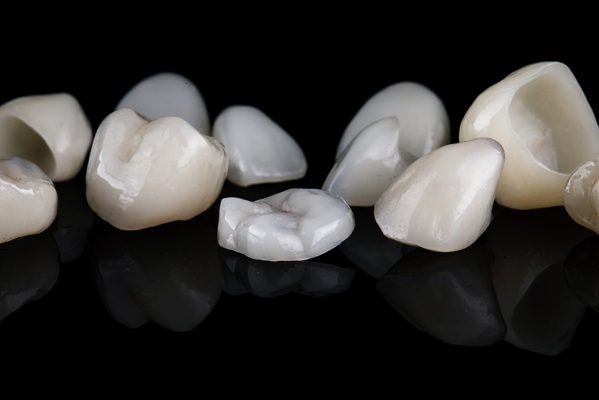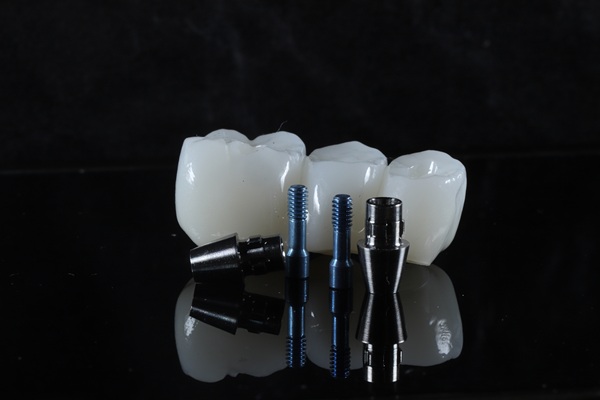Emergency Dentistry Visit to Save a Tooth

If you've knocked out a tooth, it's an emergency dentistry situation, and you should call your dentist immediately. If they can't see you right away, an emergency dentist can help you in the meantime by putting the tooth back in place and providing emergency dental care until you can get to the dentist's office. Read on to learn more about how an emergency dentist can save your tooth from permanent damage or loss.
When you find the tooth
Finding a tooth quickly is important. It's more likely to survive if you don't wait around. As soon as you find it, check to see if it's clean—there may be sand or dirt lodged in there that could damage the pulp of your tooth and prevent regeneration. Then rinse it with warm water for several minutes.
Put it in milk or saltwater to keep it moist until you get to a dentist. It will also help slow down bacterial growth, which could damage your tooth further and prevent regeneration. Bring any broken pieces of your tooth with you to see if an emergency dentist can reattach them.
Re-implanting your tooth
You'll need to re-implant your tooth as soon as possible. The sooner you do it, the better chance you will regain full function and feeling in your tooth later on. A skilled dentist will immediately assess whether or not your tooth has had too much damage. If they believe it can be re-implanted, they'll begin the procedure.
When re-implanting your tooth, your dentist will first rinse it in warm water to clean any dirt or debris. They'll then use gauze or cotton to gently dry off your tooth and prepare it for reimplantation. Once your tooth is dry, you can get ready for reimplantation.
To re-implant your tooth, your dentist will gently insert your tooth back into the socket to seal your tooth. When the tooth is back in the socket, the dentist will check your bite and possibly splint the tooth to help stabilize it.
Splinting an avulsed tooth
It may be possible to re-implant an avulsed tooth if it's splinted soon after removal and stored in milk or other liquids. Once re-implanted, treatment continues by placing small paste strips over the buccal surface. These strips should remain in place for several weeks, after which time they are removed, and you can brush normally once again. In many cases, teeth that have been replanted take up permanent residency where they were placed.
Options if your tooth can't be saved
Emergency dentistry does its best to save a knocked-out tooth, there are no guarantees that your tooth can be saved. It all depends on the state of the tooth, how long it has been since your tooth was knocked out, and how your mouth handles the re-implementation of the tooth.
If it can't be saved, some options to fill that space include implants, dental bridges, and dental crowns. Your dentist will provide you with information on how long each procedure takes, what the final product is like, how much they cost, and what your insurance might cover.
Reach out to your dentist to save your tooth
When dealing with emergency dentistry situations, time is of the essence. Waiting too long could mean losing your tooth completely. Reach out to your dentist as soon as possible so your tooth has the best chance to be saved.
Request an appointment here: https://www.drpainless.com or call Red Cliffs Dental at (435) 465-4002 for an appointment in our St. George office.
Check out what others are saying about our dental services on Yelp: Emergency Dentist in St. George, UT.
Recent Posts
An emergency dentist is a great resource to make use of when dealing with an infected tooth. If infections go ignored, they can become significantly worse. There are a lot of signs to look out for when trying to determine whether a visit to an emergency dentist is necessary. These signs should be reviewed so…
Our general dentist recommends brushing with a toothpaste that contains fluoride to give your teeth the highest level of protection possible against tooth decay. Fluoride is a naturally occurring chemical that helps to re-mineralize and strengthen teeth enamel.Fluoride can be found in natural bodies of water, as well as many fruits and vegetables like grapes…
General dentistry services are designed to improve a patient’s long-term oral health. Although the services offered by general dentists vary, common services include routine cleanings, cavity fillings, scaling and root planing, dental crowns, and root canal therapy.On the first visit with a general dentist, they will conduct an oral examination and determine what treatments are…
In general dentistry, there are a lot of unknowns for the average person. For example, it may not be 100% obvious why a tooth is aching, which is why visiting the dental office is necessary. However, more often than not, it is impossible to immediately see a general dentist as soon as the pain arises.…


